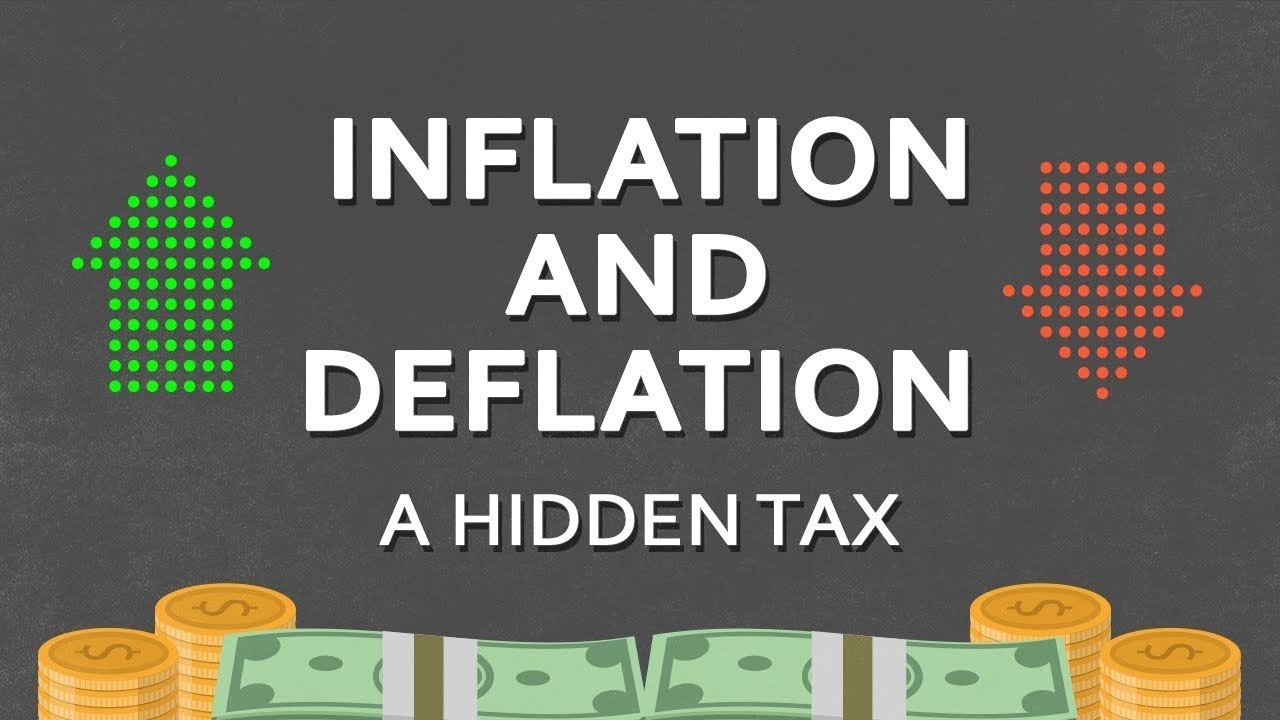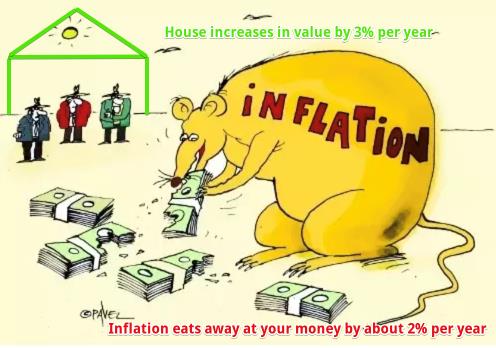FXOpen

Every trader involved in the currency market knows about inflation and its role in the FX market’s volatility. Inflation is part of every central bank’s mandate, and for this reason, it dictates the level of interest rate in an economy.
The relationship is a direct one. Higher inflation brings higher interest rate levels, while lower inflation triggers lower rates.
The interest rate influences the value of a currency. When the central banks start raising them, trader pile into that currency, going long and buying dips as fundamentals are bullish.
Central banks have a target for the proper inflation level. That’s two percent.
Economists around the world agree that an economy built on capitalistic principles needs moderate inflation of around two percent. It stimulates growth, so they say.
Central banks embraced the concept wholeheartedly, and so the relationship between inflation and interest rates dictate the value of a currency. Or, the value of money.
Introducing Deflation
For decades, targeting inflation is the only mandate on most central banks’ agenda. Some, like the Federal Reserve of the United States, also target job creation. But still, inflation is the number one on their list to watch.
When an economy contracts, or before an economy enters a recession, inflation typically slows down. It falls below two percent and towards the zero level.
Because central banks meet regularly, they are the first to notice and react. As such, central banks lower the interest rate level to fight the slowdown in inflation.
But when the rates reach the zero level, central banks see their options limited. Until recently, no central bank dared to move the interest rates into the negative territory. They did, though, forced by the need to fight a terrible economic “disease”: deflation.
 When inflation turns negative, it turns into deflation. In simple English, deflation grips an economy because it consumers delay the buying decision.
When inflation turns negative, it turns into deflation. In simple English, deflation grips an economy because it consumers delay the buying decision.
Imagine you want to buy a computer. But in the course of the next couple of weeks, the price of it dips five percent. Logically, you’ll wait for another month or so to see if the price keeps moving lower. It does, and so the buying decision is further delayed.
While it doesn’t seem much of a problem for the consumer, it has terrible consequences on the economy.
By delaying the buying decision, the consumer creates high inventories on the retailers’ side. The retails, in turn, won’t order more from the wholesalers. The wholesaler doesn’t order from factories anymore, and factories will end up laying off people. The effect is rising unemployment and higher unemployment costs for the government. In earnest, deflation leads to full swing recession.
Japan is a case study for many economists around the world. It fights deflation for over two decades now, with little or no visible progress.
From a trader’s point of view, the focus sits with central banks’ actions to fight deflation. The sum of all actions is called monetary easing, and the first thing to do is to lower the interest rates to zero.
If deflation continues, central banks have other tools to use, like:
- Quantitative easing – buying bonds from their own government;
- LTRO’s (Long Term Refinancing Operations) – giving loans to commercial banks at preferential rates for a predetermined period;
- OMT (Outright Monetary Transactions);
- Negative interest rates.
These are only some of the tools central banks have at their disposal to fight deflation. All of them were virtually unknown a few years ago, and no central banker ever dared to think they’ll come to be part of the monetary policy toolkit.
Yet, they did and created extreme volatility on the FX market when used.
Conclusion
As the economies change, central banks change and adapt too. Their actions lead to different market reactions and require different reactions from traders.
Hence, traders stand up to make the most out of the currency market if they understand basic economic principles like deflation.
This article represents the opinion of the Companies operating under the FXOpen brand only. It is not to be construed as an offer, solicitation, or recommendation with respect to products and services provided by the Companies operating under the FXOpen brand, nor is it to be considered financial advice.





